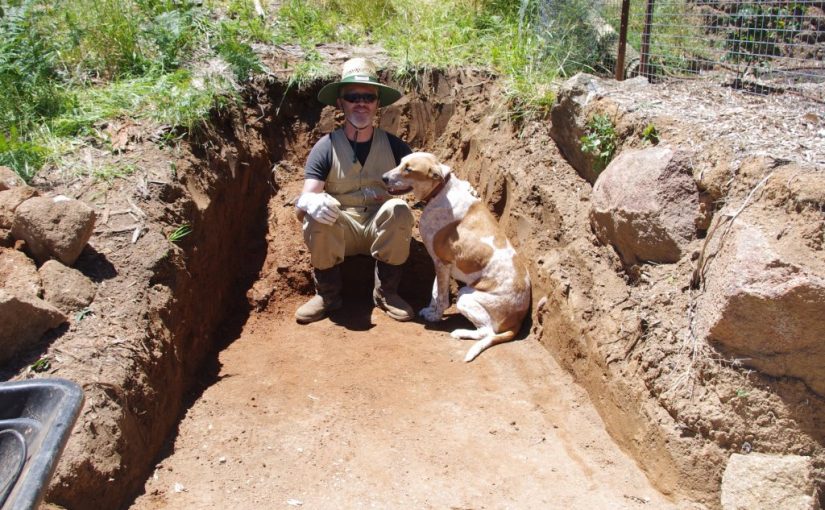It is a truth universally acknowledged that 2020 has been something of a rough year for plenty of people. At the very least, heaps of peoples travel plans have been seriously disrupted. However, what has captured my attention of late, is that there has been a slow but steady exodus of people from the city to the rural areas. Kind of makes you wonder what they expect to find there? And rural properties which used to take upwards of twelve months to sell, are now being sold within days. Something strange is afoot.
But then sometimes rural areas can become fossilised and the people residing there can be fearful of any change. A few days ago, the editor and I stopped past the local cherry farm in order to avail ourselves of some early season cherries. The family who had recently purchased the farm had performed many changes over the past year, some of which were necessary. It was a true pleasure to see the energy they’d personally invested in their farm, and I remarked as much to them. Sometimes you need new blood in an area.
Way back in 2006, the editor and I purchased the property where the farm is now located. Forestry workers had strip mined the forests and soils on the property from about 1860, and continued to do so on a regular basis for the next century. The forest resources were eventually played out. The soils we were confronted with had a few unhealthy tall trees. The clay had been hard baked by the sun, and the surface had the consistency of pale yellow concrete. Any rainfall ran over the baked clay surface, so it was amazing that any of the remaining tall trees survived the appalling conditions. And yet there the unhealthy tall trees were, proclaiming for anyone with the sense to see, that things could be different, albeit with a bit of assistance.
The property had been on the market for several years, slowly accumulating unpaid property taxes, which candidly was an ominous sign. But all the same we purchased it for $165,000 with a loan. The editor and I are no fans of debt, and so by 2008 at the very height of the Global Financial Crisis, we decided to sell our city house and use the remaining funds to construct a house on this rural property.
Of course nothing is ever simple, and the city house had alarmingly failed to sell due to the awful and highly uncertain economic conditions at the time. And also we had the legal right, but no actual permission to construct a house on this rural property. It was a massive gamble for us to have taken.
When the city house failed to sell at auction, we stayed awake for an entire night and brainstormed ideas to get to where we wanted to go. The next day, after a few brief and fitful hours of sleep and a coffee (or two), we began implementing the ideas gleaned during the brainstorming process. The house sold later that week.
The next hurdle to jump was to obtain permission to construct a house on the rural property. Permission must be sought and received from the local council (local government). As things turned out, during the three month application process, the Black Saturday bushfires occurred and 173 people died and 1.1 million acres of land burned. The state government immediately responded to the crisis by implementing new building codes, as you do. New houses had to incorporate building systems and techniques which made the new buildings less likely to combust in the face of such an inevitable bushfire. That’s the theory anyway, as none of these hastily implemented codes were tested in their entirety.
The building code changes were problematic and seriously expensive, but not impossible to address. After the three month back and forwards process with the local council, and a couple of expensive consultants reports, we were granted permission to build this small house. And thankfully it was a small house, because with all the changes to the building codes we couldn’t afford to have a builder construct the house. We ended up physically constructing the house ourselves. After 18 months of construction by the two of us, the house was given the legal tick of approval. Mind you, we moved in to an unfinished house well before the 18 month mark, but that is another story.
Soon after completing construction of the house, we became a very polarising force in the area. Some locals liked the changes we’d made, and others wished that we were dead. In fact, many upset locals made formal complaints to the local council about the changes made to this property. The local council investigated the complaints and found everything to be in order. However, strangely enough, and not all that long after the dust had settled on the melodrama, other locals began putting some efforts into their own properties.
The thing is though, a lot of people living up in this part of the country are either retirees, or they have to commute to a distant job. That’s an economic reality baked in to the larger social arrangements which we all live in. The result of those two circumstances is that many rural properties are financed by off-farm incomes, and the prices of rural properties reflects that reality. In order to escape that, a person has to move ever further outward and away from a large city, and this makes a long commute longer and much more time consuming.
It should also be remembered that high property prices mean that attempts to make rural properties pay for themselves is a fraught proposition. Also the further that a rural property is from a ready city market which can pay for any farm produce or farm services, means that it becomes just that much harder to produce an income from a rural property.
Speaking of time, in order to live at this location and undertake the work that the editor and I do around the farm each and every week, we can’t possibly work full time. And working less than full time nowadays means taking a serious hit to income. How could it not? But then on the other hand, I do not believe that it would be possible to work a full time five days per week job, and then spend two days per week developing a farm. Only a mythical human could keep up such a punishing work schedule, and even then I suspect that the mythical human would burn out before too long. It’s just not possible, which I suspect is why a lot of rural property appears to be massively unproductive.
It is something of a mystery to me as to what the new people moving into this (and other) rural areas will do. Outside a few rare examples, most people moving into rural areas will possibly do nothing. That opinion is based on the simple observation that the newcomers are either too old to have the energy, or they are too time poor to achieve a great deal. All I know is that the increased demand is driving up prices, so if people want cheap rural property, if that still exists, they will have to seek it further out from the capital cities.
On a regular basis people badger me about the possibility of them purchasing a glorious rural property. Mostly such badgering is just good natured talk tinged with wistful feelings of never-to-be-achieved half formed goals. But, if I’m badgered persistently enough, I have been known to counter such talk with examples of actual rural properties which are potential purchases. The conversation generally ends at that point, mostly because those properties end up being deemed unsuitable for one reason or another. Fair enough too, it’s not me having to do the work. But then what becomes abundantly clear, is that city life provides a very comfortable and also sometimes well remunerated existence. Moving out to a rural areas can mean abandoning those creature comforts.
It is worthwhile considering the larger economic context in which these movements of people are taking place. Printing money, i.e. governments taking on ever larger sums of debt to pay for their day to day obligations, has historically ended badly. The role of the Modern Monetary Theorists is to shout as often as possible the mantra: “It doesn’t matter. This time it is different”. I don’t necessarily agree with the central tenets of their beliefs, but I hope they recall that time has a neat way of wrapping up loose ends, and will provide the answer to that story.
One of the ingenious ways, and credit where credit is due, that the story is playing out is that the expected inflationary pressure are being directed into economic asset prices increases, and property is one of those. Generally this policy outcome favours people who own more than one property and/or people in debt for their property. Basically if property prices rise, debt on the property does not also increase and so the process is a form of unearned wealth creation. But then, printing money is also a form of unearned wealth creation, which is why as an economic policy it ends badly.
The main problem that I can see is that the longer the policies are pursued, the more instability gets heaped onto the edifice. The costs mount up as people are excluded from the system and/or become over committed and are unable to service the debt due to unforeseen circumstances. The thing to recall is that if unearned wealth is sloshing around the economic system, then people, even the ones excluded from the property market, are probably enjoying a slice of that action through their wages.
Finally, one of the simple concepts that economists don’t seem to want to tackle is that as economic asset prices rise, and wages remain stagnant, we’re all getting poorer. It really is that simple.
The reactions to the predicament sort of reminds me of peoples reactions to bushfires. Research on peoples reactions to bushfires shows that people generally fall back upon three strategic responses: Prepare beforehand and evacuate early; Take a watch and wait approach and react as new information becomes available; and Clueless. Which camp do you fall into?
We broke the first ground on a new project this week. It may be hard to believe, but we’re a bit short on shed space on the farm. Thus a new project has commenced which will eventually lead to a shed being constructed up above the house and next to the garden terraces.
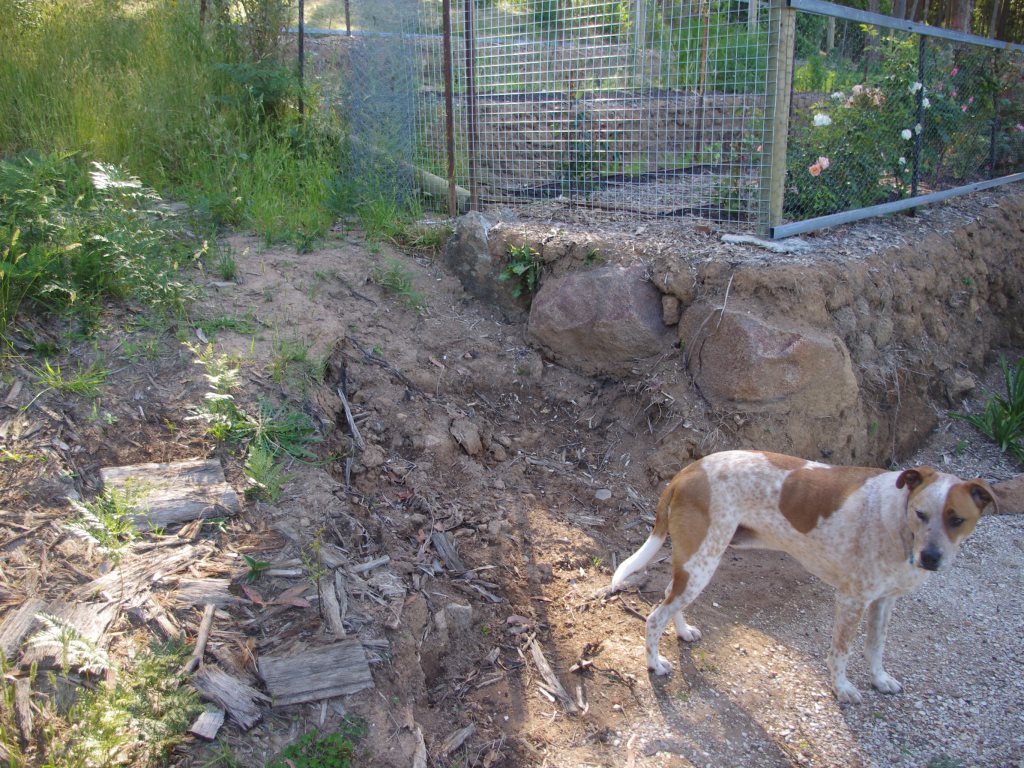
After about five hours of digging and moving soil, we’d excavated about eight feet back into the side of the hill.
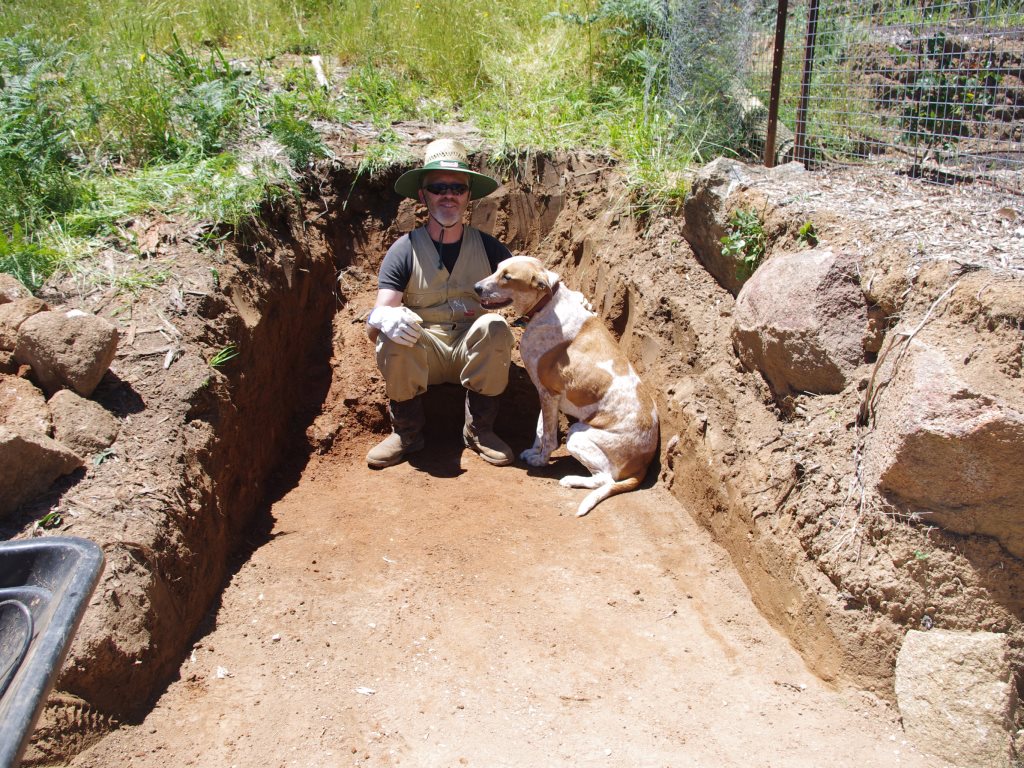
Observant readers will note that in the above photo, there is a new pile of rocks to my right hand side. Over the next few weeks a steel rock gabion cage will be placed at the end of the garden terrace (where Ollie is sitting in the above photo).
The soil is all being relocated to another part of the farm where it will be utilised in a new and very gentle ramp leading down into the orchards.
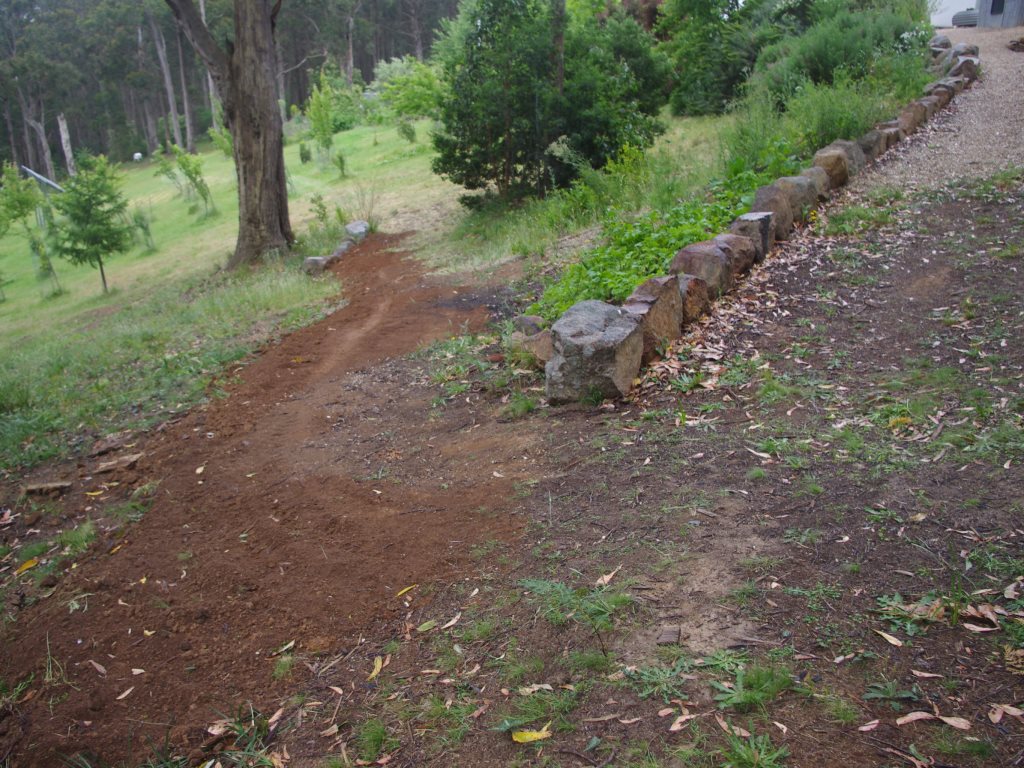
The smaller rocks are being used in the final steel rock gabion behind the recently completed greenhouse project. Once this is full and sewn up, that marks the end of gabions being utilised in that area. A new gabion home had to be identified.
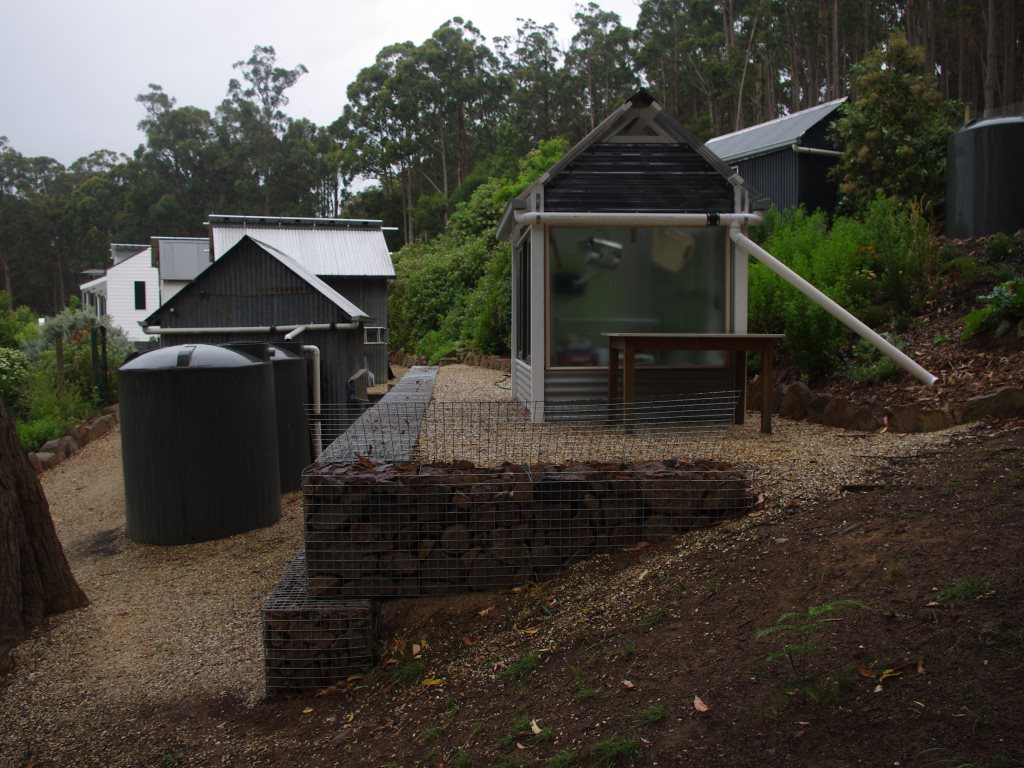
Two trailer loads of the locally quarried crushed rock with lime were placed on the surface in front of the house. Recent bouts of heavy rains had indicated to us that pools of standing and moving water meant that the surface had compacted over the past decade and needed to be replenished. That particular resurfacing job will take a few weeks before it is complete.
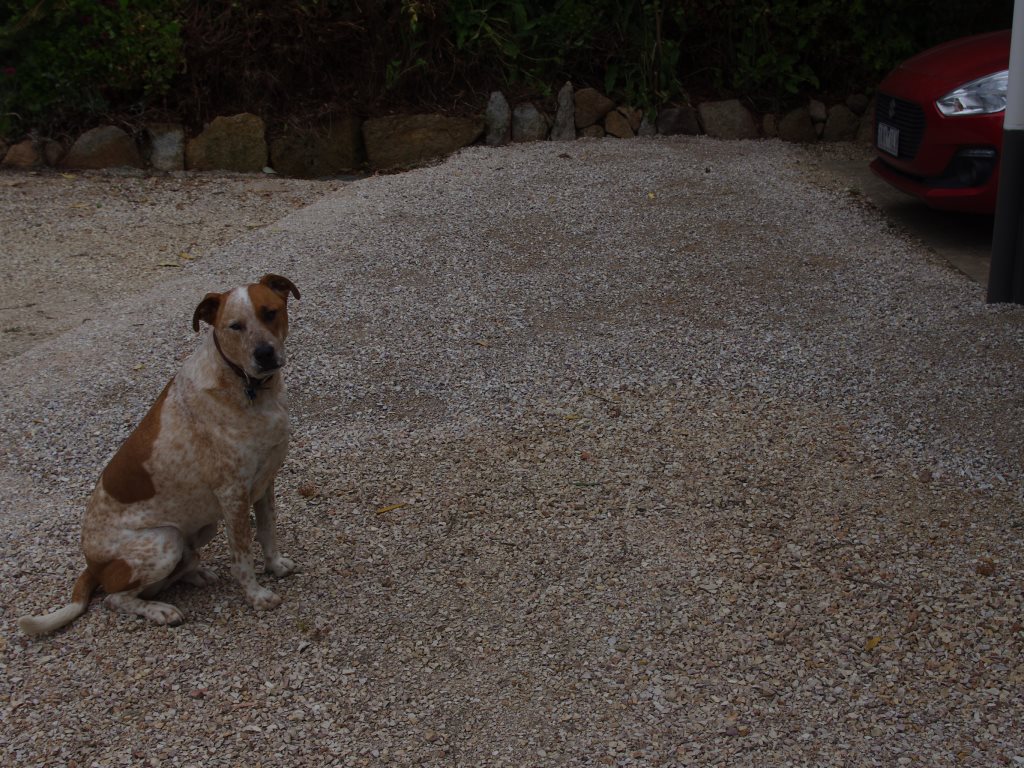
The Globe Artichokes and some of the Chilli’s raised from seeds in the greenhouse were planted out. Globe Artichokes are one of my favourite vegetables and we have dozens of plants.

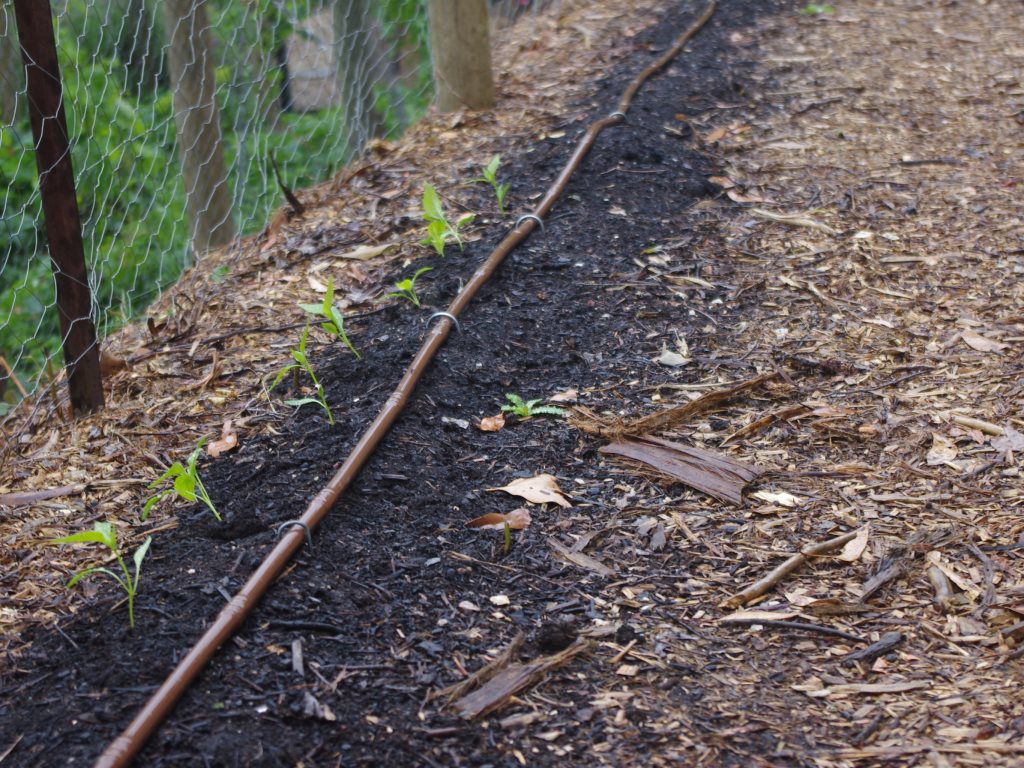
Other summer crops such as the Corn are growing really well.

Last year the Corn was planted where the Raspberries now grow, and the berry canes are producing extremely well this year.
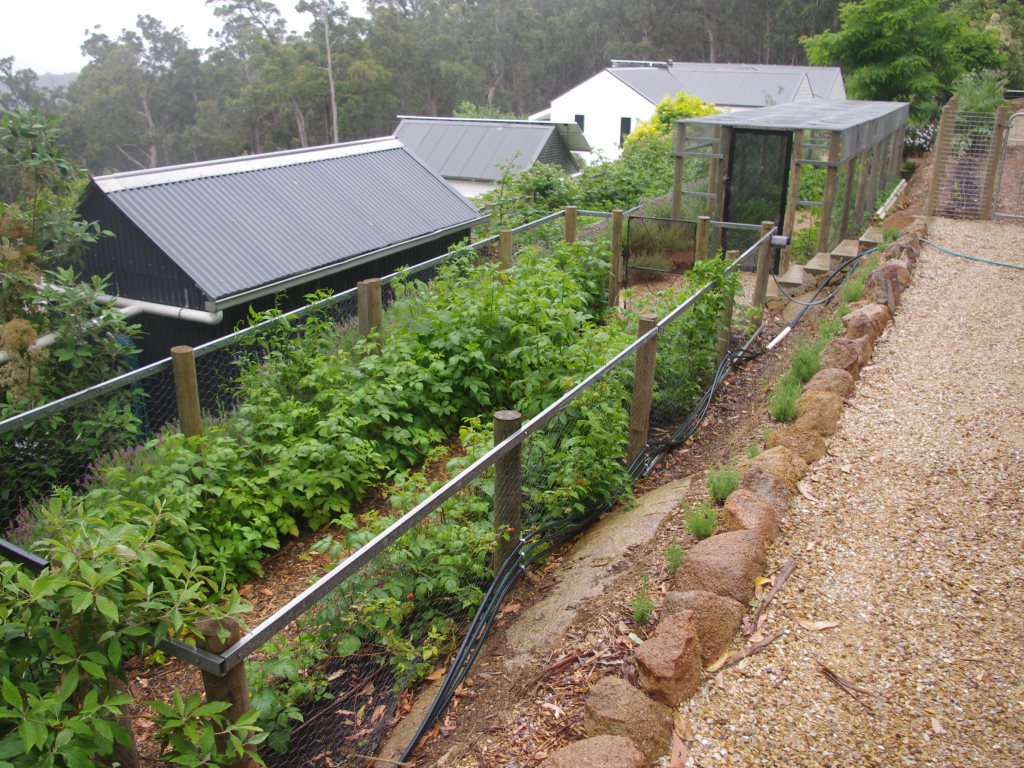
Most days now we are enjoying a good harvest of berries. Most of the berries are collected and frozen and when enough have been collected we’ll convert the berries into jam.
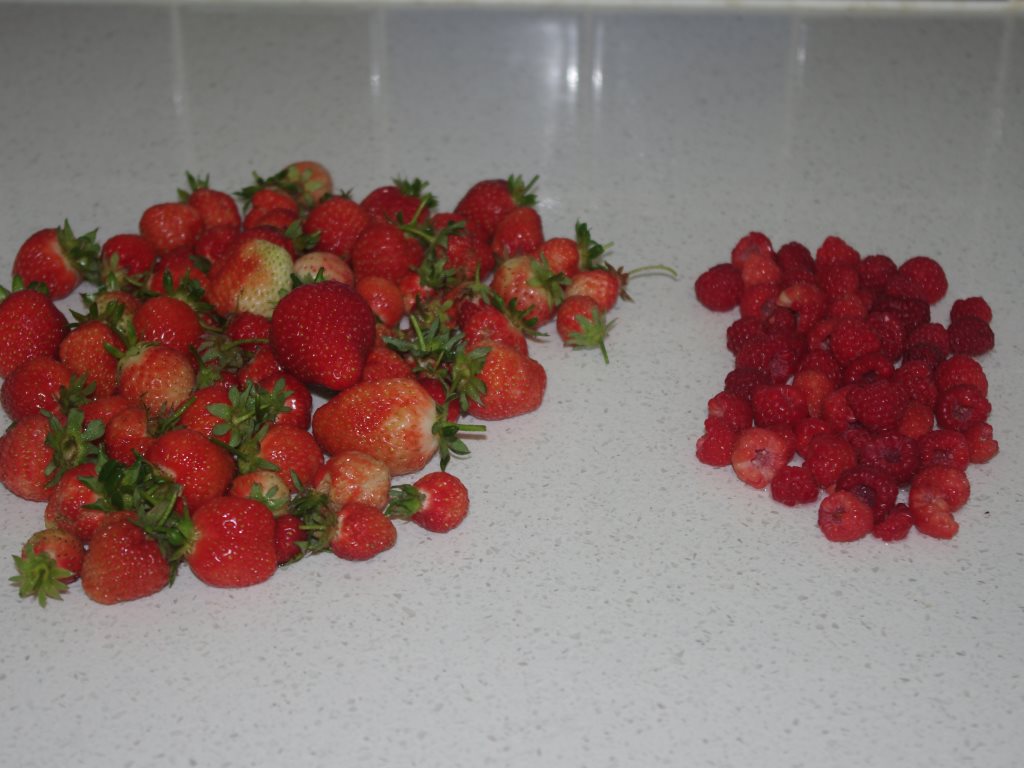
The Apricots on the trees have put on some size over the past few weeks. I doubt any of the fruit will be ripe this side of New Years.
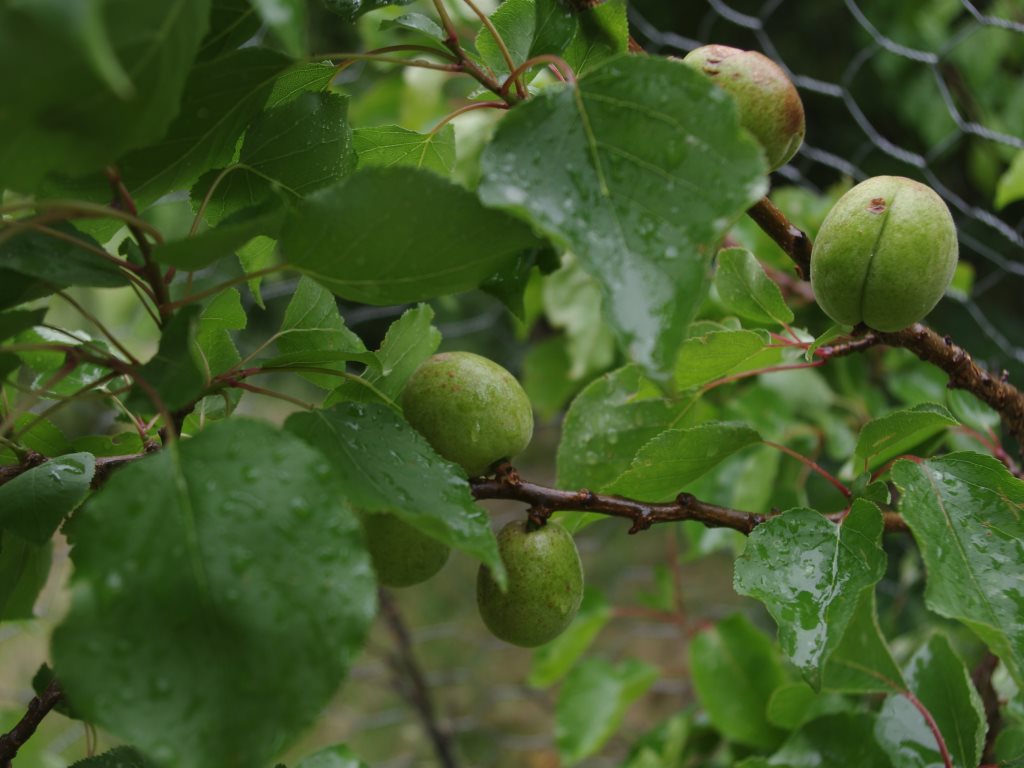
There are more Apples on the trees than in any previous year that I can recall. Of course the birds take a share of the apples so I’m not sure how much of the fruit we’ll harvest. Much of the harvest will be converted into Apple wine.
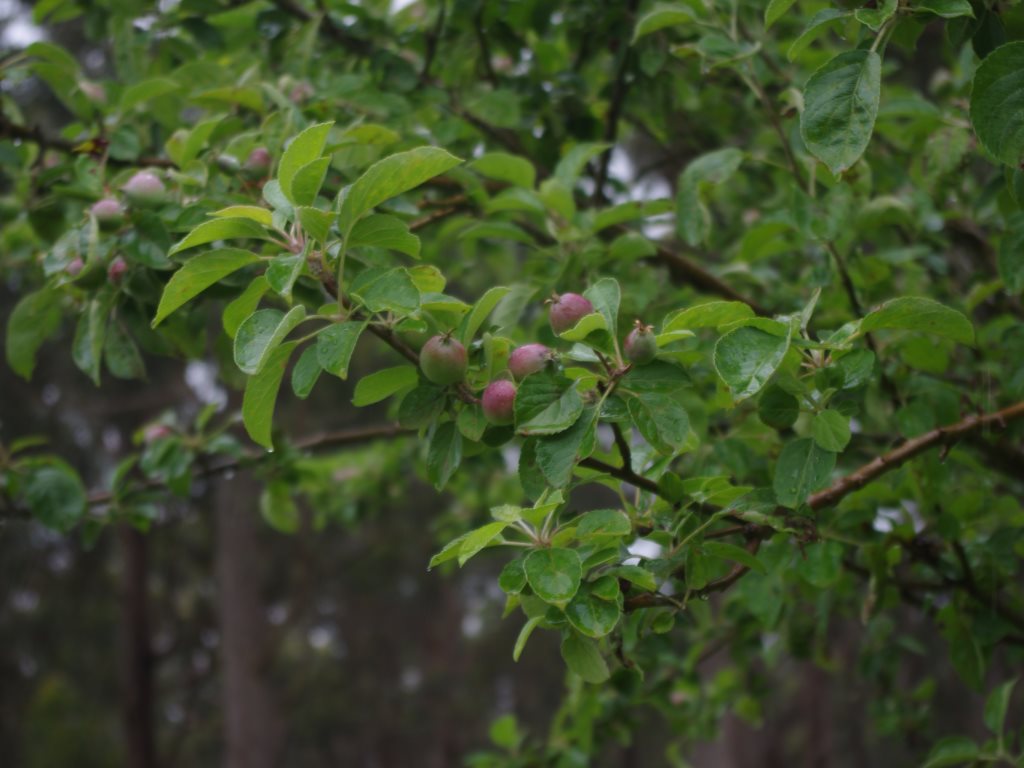
And the ground cover in the paddock and in the orchards looks amazing for this summer time of year.
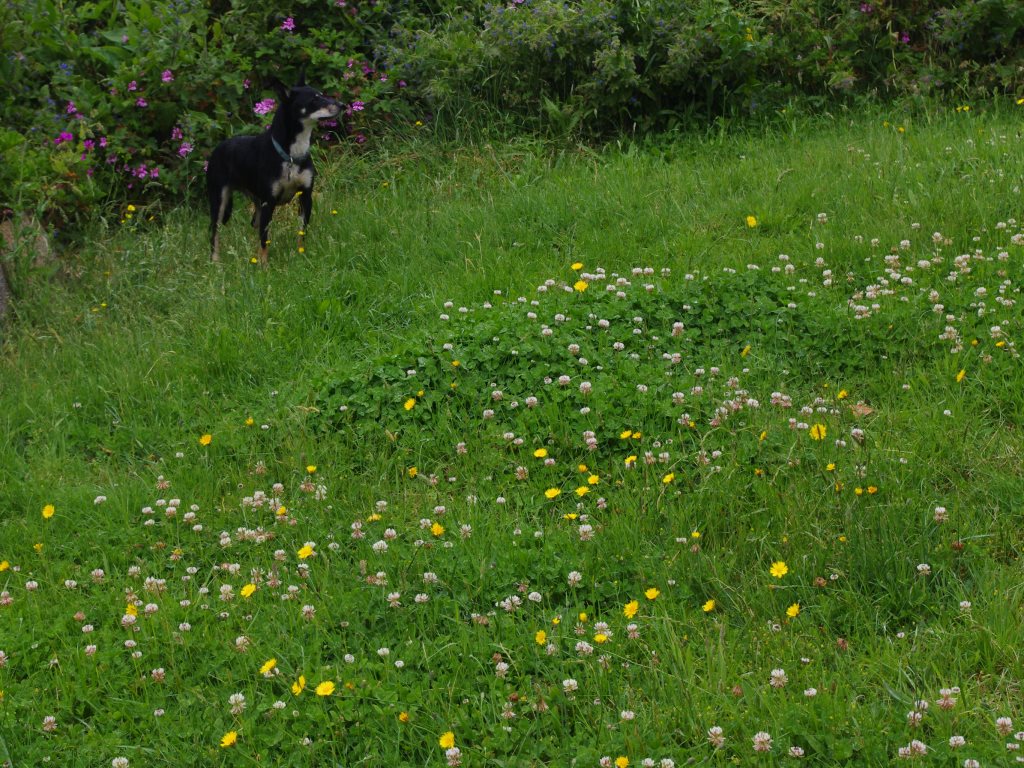
Onto the flowers:
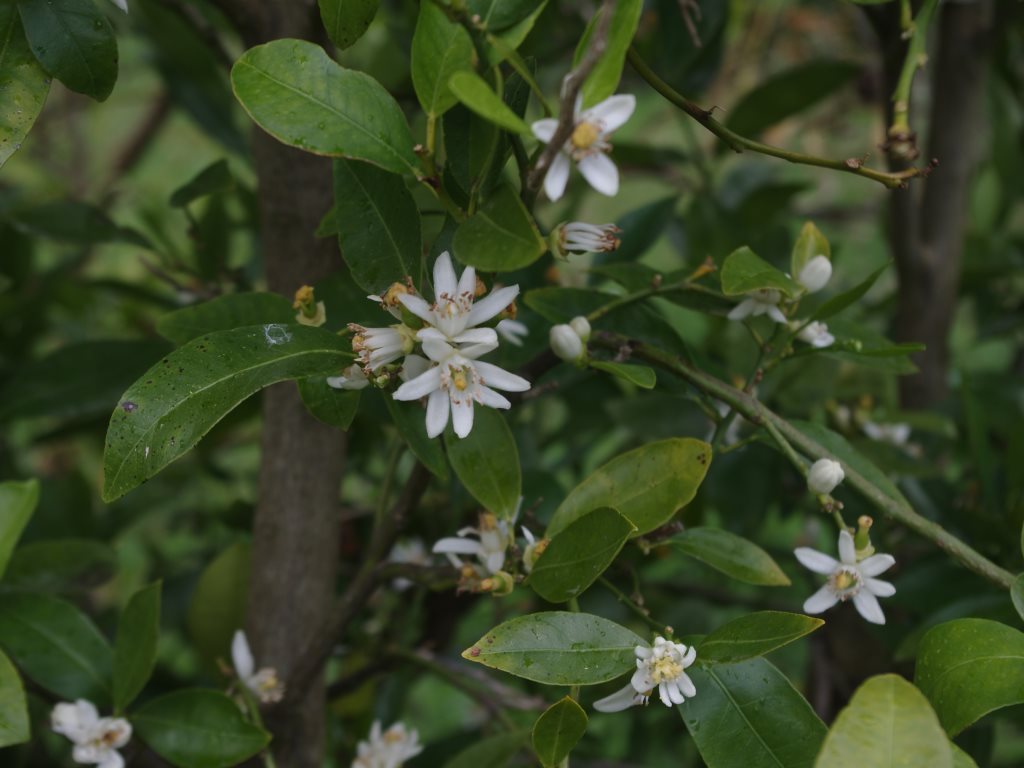
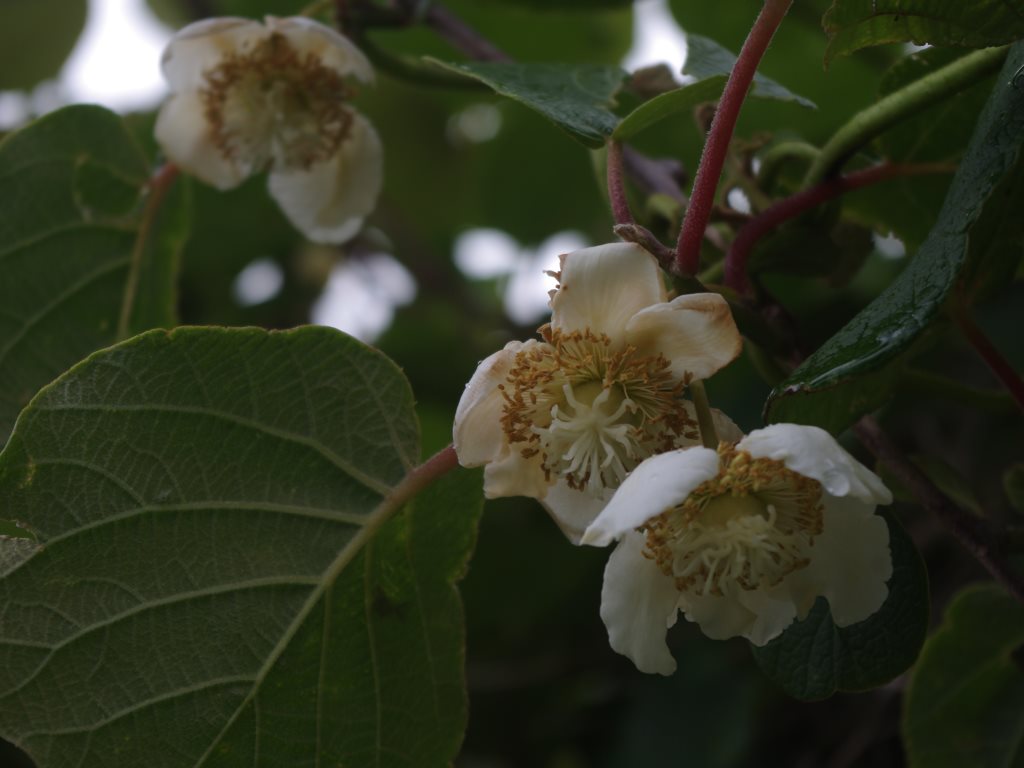

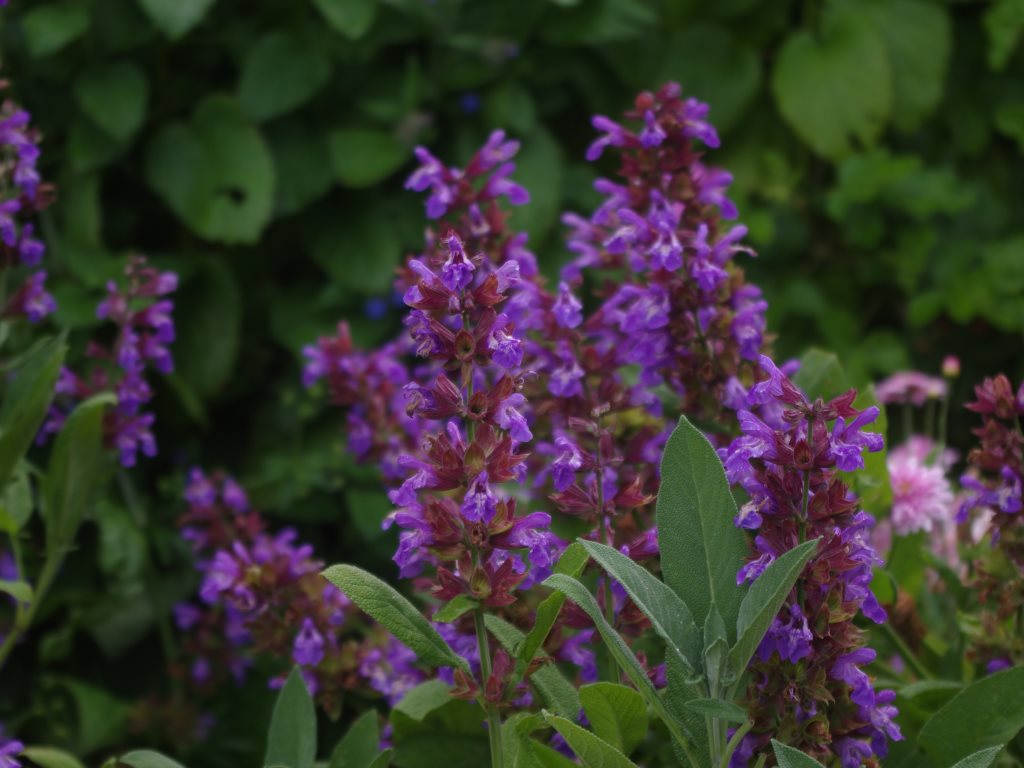

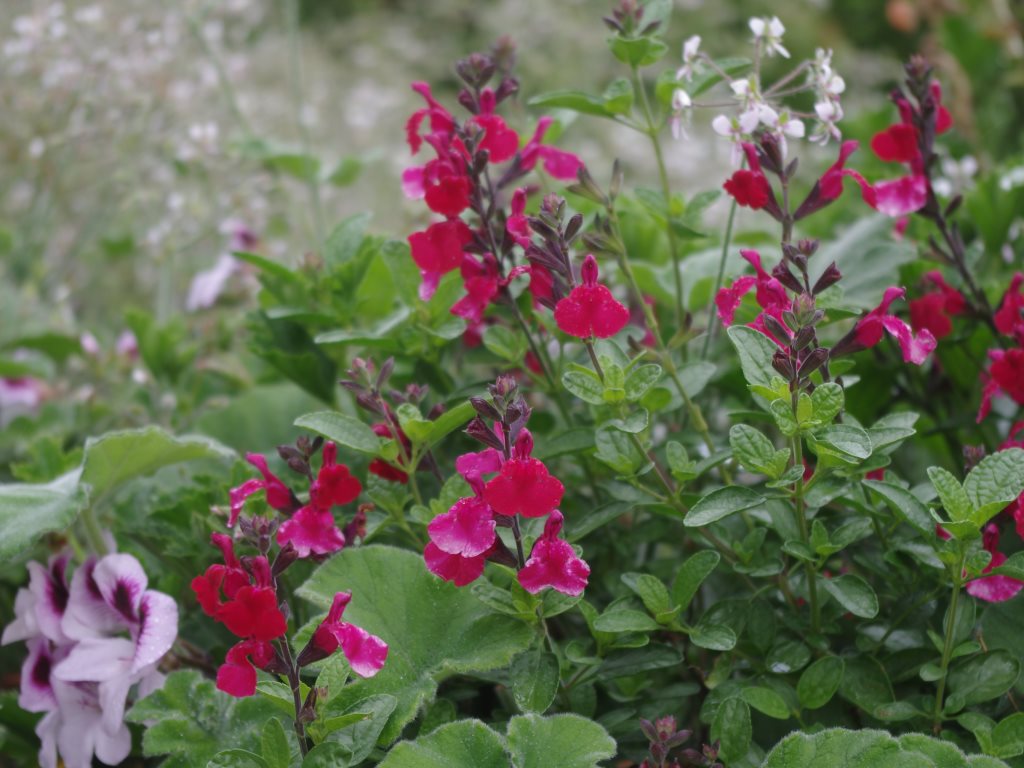

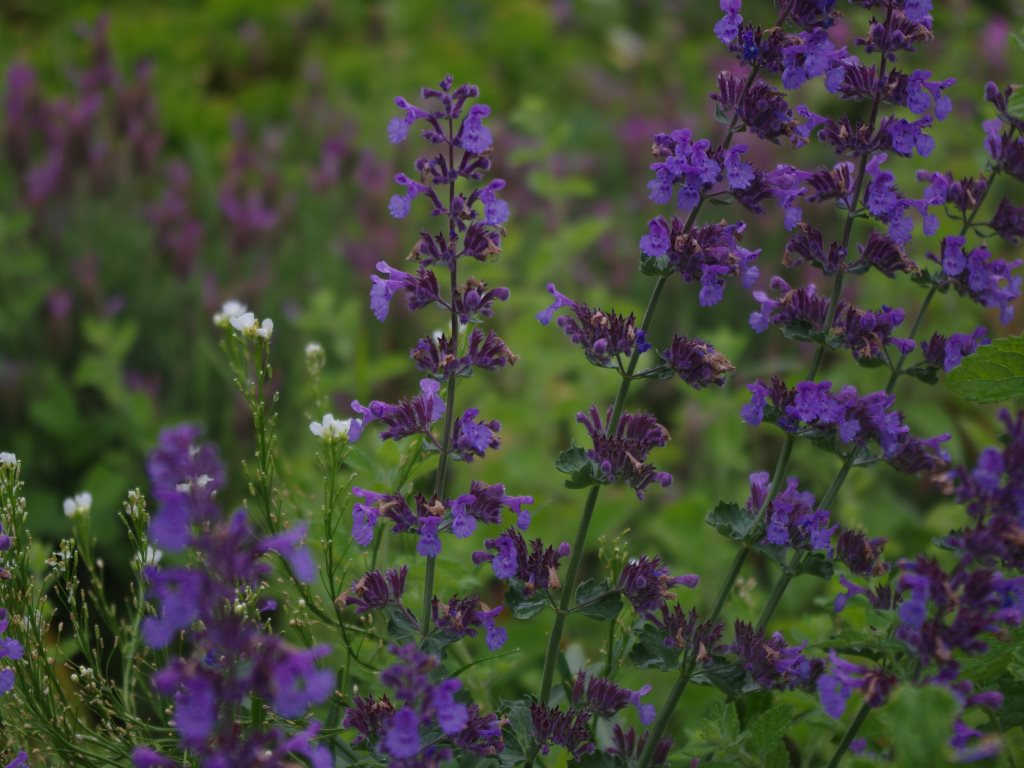
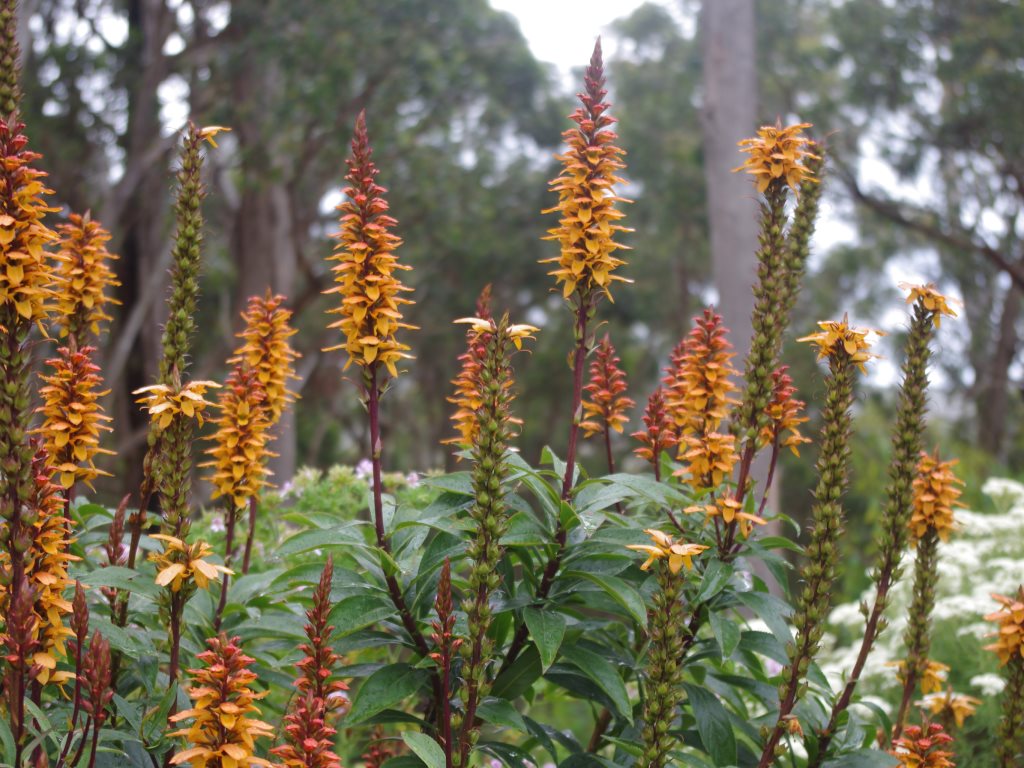
The temperature outside now at about 9.00am is 7’C (44’F). So far this year there has been 1116.2mm (44.0 inches) which is up from last weeks total of 1096.2mm (43.2 inches).
